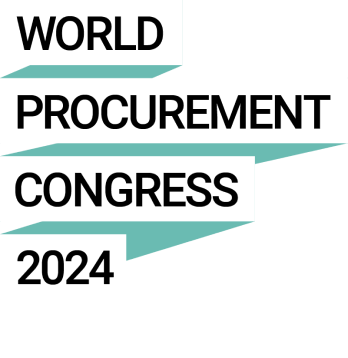But what about when the low-hanging fruit has all been picked? What then?
A couple of weeks ago, we hosted a discussion within the Procurement Leaders CPO community on how procurement can contribute to revenue. To some, it might not be immediately obvious how, and there’s little doubt that revenue contribution is something of a final frontier for the function.
With the reach, influence and commercial acumen in play within the function, there is no doubt that procurement can do much in this space. Whether this is working collaboratively with suppliers to develop new solutions to drive competitive advantage; closely aligning with bid teams to drive the best possible proposals or exploring entirely new streams of potential revenue, the volume of activity in this space is growing.
Here are just a couple of examples offered by Procurement Leaders’ members:
Supporting emerging innovations
By combining the commercial capabilities, market knowledge and trusted relationships already in evidence within procurement functions with the emerging innovations to be found within the supply base, it’s possible to bring new solutions to market quicker and with reduced risk.
This can result in first-mover advantage and a significant contribution to future revenue.
Procurement might not be the main contributing factor in this scenario, but by being involved it can certainly move the needle. And when first-move advantage is at stake in innovation-reliant industries, every little helps.
Sweating under-used assets
This might not be the most obvious of opportunities, but we heard on more than one occasion how CPOs are leading efforts to upcycle and commercialise redundant or under-valued assets. Critical here is to not wait for an invitation, but to proactively suggest potential opportunities.
Examples included selling market data back to suppliers, turning fleet vehicles into mobile advertising boards, installing electrification points in car parks, to name just a few. It demands procurement to look across the asset base and think proactively about how traditional cost streams can be turned into revenue streams.
At the other end of the scale are examples of companies taking what previously would have been seen as waste, and augmenting or transforming it into a reusable and commercial product. There were stories of how procurement had led initiatives which led to millions of euros of additional revenues.
There’s no doubt there’s a significant opportunity for procurement to go beyond its traditional remit and drive value in new areas, directly related to revenue. In fact, one CPO claimed that 20% of the total value generated by procurement was revenue based.
CPOs must think creatively and expansively about how to move the needle in areas outside their traditional remit!
Our members have access to the full knowledge library. Click here to login in to your member account for access or get in touch to discuss a membership.


















